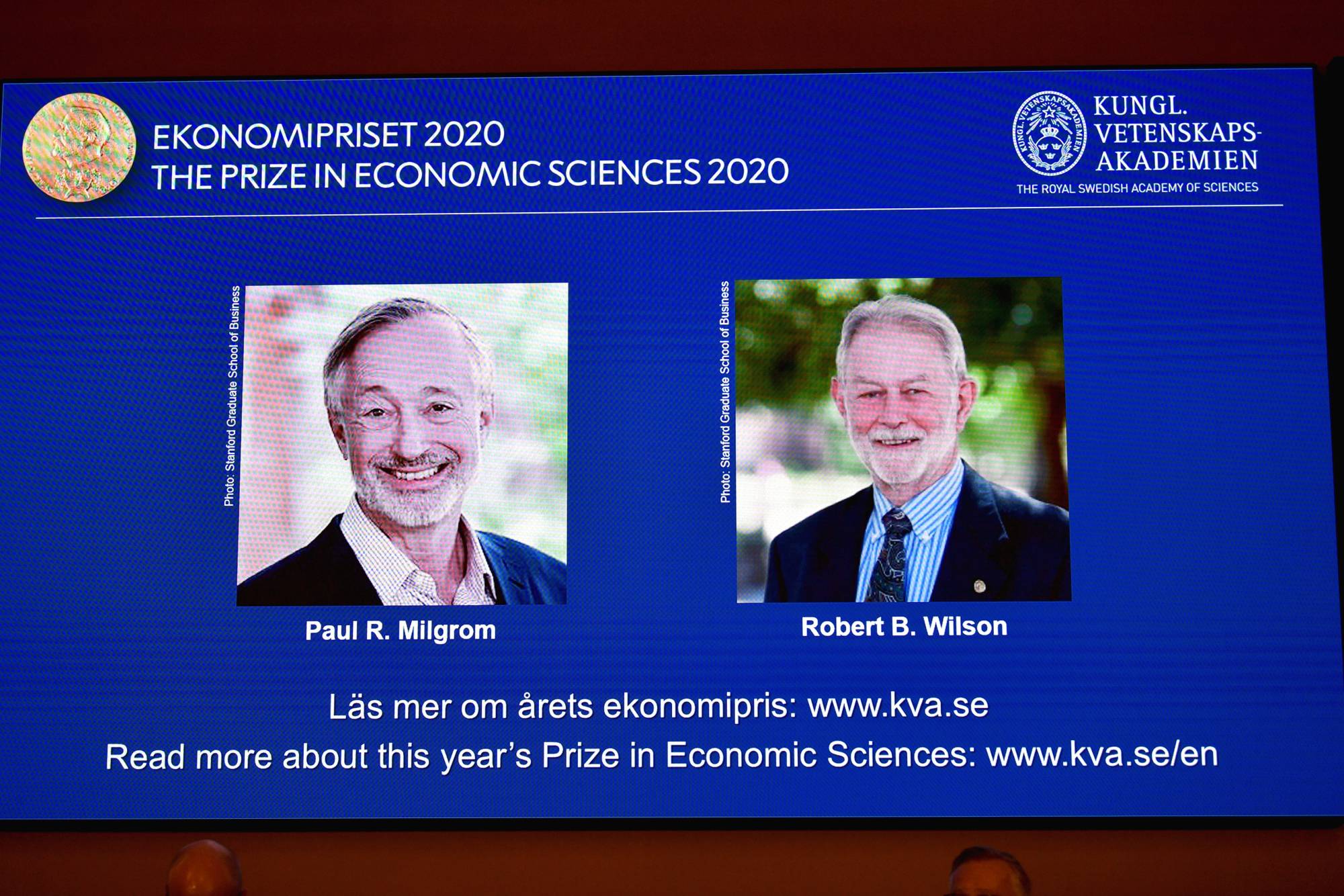Economists like to think of themselves as mathematicians — or, if feeling momentarily humbler, as physicists. This year’s winners of the Nobel Prize in economics, however, seem to conceive of themselves more as engineers. Like Alvin Roth and Lloyd Shapley, who won the prize in 2012, Paul Milgrom and Robert B. Wilson are specialists in "market design,” a field which, as Roth wrote in a famous paper, calls for "an engineering approach.”
Roth argued that market designers should take bridge-builders as their exemplars: "Engineering is often less elegant than the simple underlying physics, but it allows bridges designed on the same basic model to be built longer and stronger over time, as the complexities and how to deal with them become better understood.”
The bridge that Milgrom and Wilson built was the 1994 auction of telecommunications spectrum by the Federal Communications Commission, later called "the greatest auction in history.” In its 50th anniversary volume, the National Science Foundation used the $7 billion in revenue the auction generated as a justification for its years of support of game theorists. Since then, auctions have become the gold standard for the distribution of all sorts of natural resources, from exploration permits to mining leases to railway franchises. It is almost taken for granted that, if properly designed, auctions will find the ideal balance between efficiency and revenue generation.


















With your current subscription plan you can comment on stories. However, before writing your first comment, please create a display name in the Profile section of your subscriber account page.